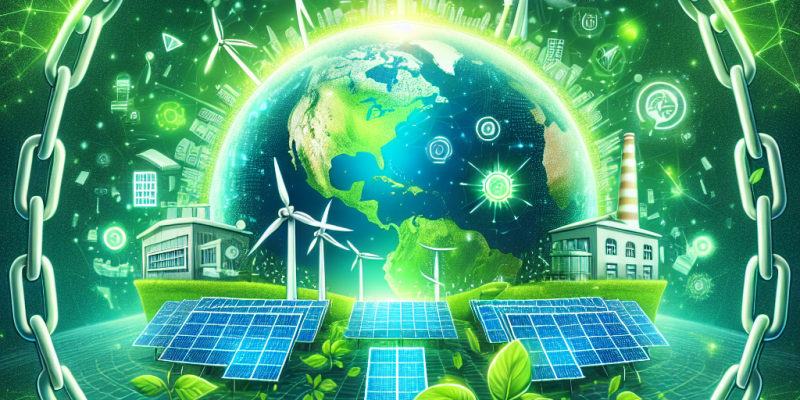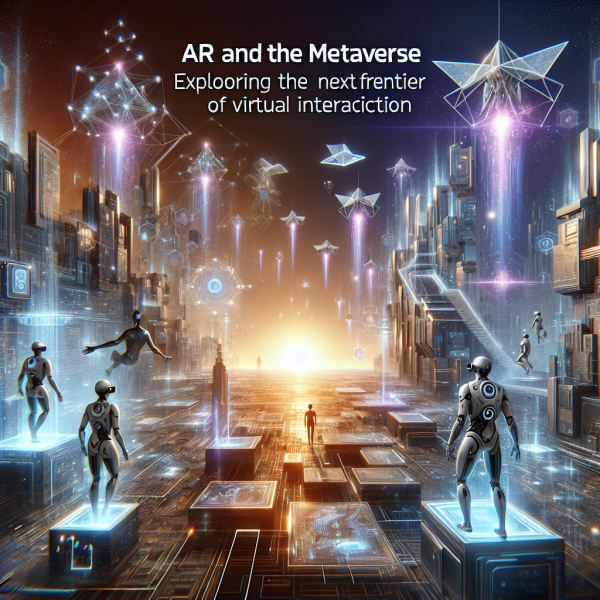The Green Revolution: How Blockchain is Powering Sustainable Energy Solutions

In the wake of climate change concerns and the urgent need for sustainable energy solutions, transformative technologies are emerging that promise to reshape how we produce, consume, and distribute energy. Among these, blockchain technology stands out as a powerful tool that has the potential to revolutionize the energy sector. By providing transparency, efficiency, and security, blockchain is facilitating the transition towards a more sustainable energy future.
Understanding Blockchain Technology
At its core, blockchain is a decentralized and distributed digital ledger technology that allows multiple parties to record transactions in a secure and transparent manner. Each block in the chain contains a list of transactions and is linked to the previous block, creating an immutable record. This structure ensures that all participants have access to the same data, reducing the risks of fraud and errors.
In the context of energy, blockchain can track the generation, distribution, and consumption of energy in real-time, enabling more efficient and transparent systems.
Decentralized Energy Generation
One of the most promising applications of blockchain technology in the energy sector is its ability to support decentralized energy generation. Traditional energy systems rely heavily on large-scale power plants and centralized distribution networks. However, the rise of renewable energy sources like solar panels and wind turbines allows for energy generation at the local level.
Blockchain facilitates peer-to-peer energy trading, where individuals can buy and sell excess energy generated from their renewable sources. This not only empowers consumers and reduces reliance on centralized utilities but also encourages the adoption of local renewable energy projects. Platforms like Power Ledger and LO3 Energy are pioneering this approach, allowing users to trade their surplus energy with neighbors in a secure and efficient manner.
Enhancing Grid Management
As renewable energy sources become more prevalent, the need for efficient grid management increases. Blockchain can improve energy grid management by providing real-time data on energy production and consumption. This data transparency allows grid operators to balance supply and demand more effectively, minimizing outages and facilitating the integration of renewable sources.
Smart contracts, facilitated by blockchain, can also automate processes such as demand response and load balancing. For instance, when energy demand rises, smart contracts can trigger mechanisms to reduce consumption in certain areas or adjust pricing to incentivize energy conservation.
Carbon Tracking and Trading
Another critical area where blockchain is making a significant impact is carbon tracking and trading. As countries and companies set ambitious carbon reduction targets, there is a growing need for accurate tracking of emissions. Blockchain can create a transparent and tamper-proof system for monitoring carbon credits and trading them among companies and governments.
Platforms like CarbonX and Climate Trade are utilizing blockchain to ensure that carbon credits are legitimate and traceable. This system not only enhances accountability but also promotes investment in sustainable projects, as companies can demonstrate their commitment to reducing their carbon footprint and subsequently trade surplus credits.
Empowering Consumers
Blockchain technology also empowers consumers by providing them with more control over their energy consumption and costs. With decentralized energy systems, users can access real-time data about their energy use and costs, enabling them to make informed decisions. Blockchain can also facilitate innovative pricing models, such as time-of-use pricing, where consumers are charged based on when they use energy rather than a flat rate.
Furthermore, as consumers engage more directly in energy markets, they can take advantage of competitive pricing, ultimately leading to lower energy costs and increased adoption of renewable energy sources.
Conclusion
The Green Revolution in energy is not just about harnessing renewable resources but also about transforming the way we manage and interact with those resources. Blockchain technology is a key player in this transformation, providing the tools necessary to create transparent, efficient, and sustainable energy systems.
As the world moves towards a more sustainable future, the integration of blockchain into the energy sector will be crucial. By enabling decentralized energy generation, enhancing grid management, facilitating carbon trading, and empowering consumers, blockchain is helping to pave the way for a greener planet. Embracing this technology will ensure that the transition to a sustainable energy future is not only possible but also equitable and beneficial for all.













